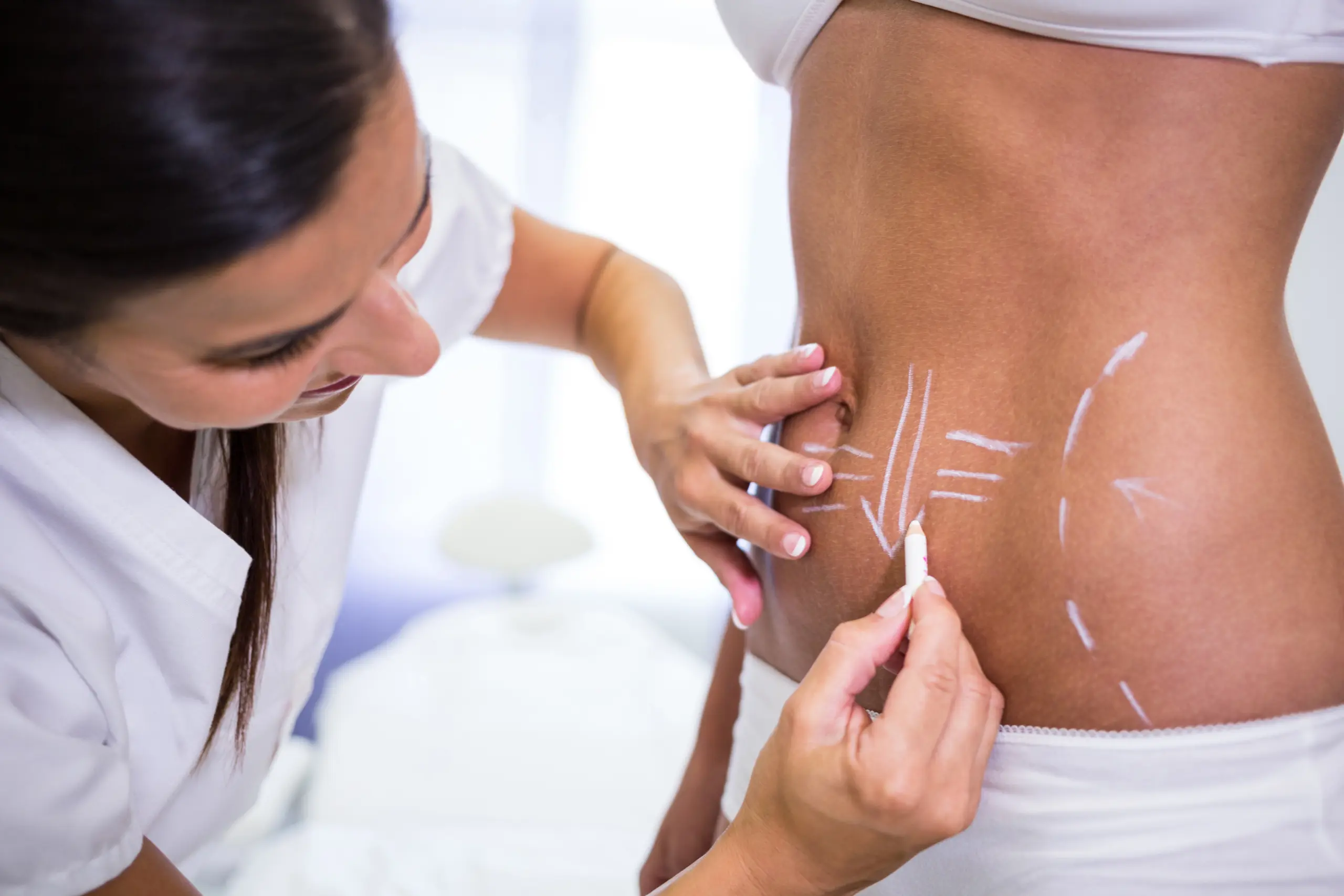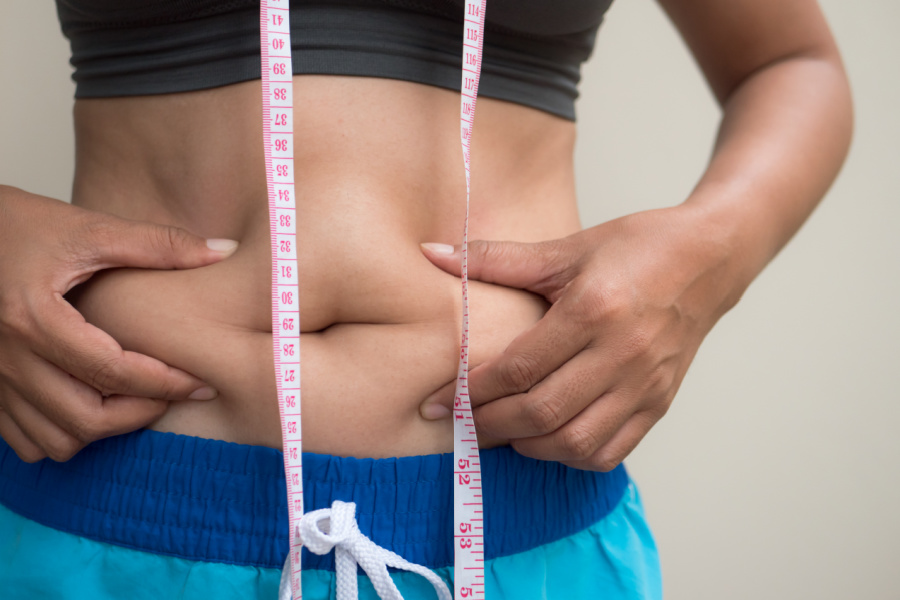Microneedling Recovery & Aftercare with Dr Fasano Congratulations on taking the step toward healthier, rejuvenated skin! Following your microneedling treatment, proper aftercare is essential to...
Introduction
Fat transfer procedures have grown significantly in popularity as a natural and effective way to enhance the body’s contours. Whether used to smooth wrinkles, enhance curves, or rejuvenate ageing hands, the promise of using your own body’s fat to improve aesthetics is appealing. However, as with any cosmetic procedure, safety remains a crucial consideration. In this article, we will explore the question: “Are fat transfers safe?” by discussing the procedure, its benefits, risks, and how to ensure optimal results.
What is a Fat Transfer?
Fat transfer, also known as fat grafting or fat injection, is a cosmetic procedure that involves taking fat from one part of the body (via liposuction), processing it, and reinjecting it into another area to add volume or contour. Commonly treated areas include the face, breasts, buttocks, and hands. The technique is prized for its ability to achieve natural-looking results using the patient’s own tissue.
Popularity and Demand
Over recent years, fat transfer procedures have become increasingly popular. According to global cosmetic surgery statistics, fat grafting has seen a steady rise due to its dual benefits: improving body contours while eliminating unwanted fat from donor areas.
How is the Fat Transfer Procedure Performed?
Step 1: Liposuction
The process begins with liposuction, where fat is harvested from areas such as the abdomen, thighs, or flanks. Surgeons typically use small, precise incisions to ensure minimal scarring and reduced discomfort.
Step 2: Fat Purification
Once harvested, the fat is purified using specialised equipment to remove blood, oils, and other impurities. This ensures that only healthy fat cells are injected, maximising survival rates and safety.
Step 3: Fat Injection
The final step involves reinjecting the purified fat into the target area. Surgeons use a microinjection technique to evenly distribute the fat, ensuring a smooth and natural result.
Benefits of Fat Transfers
- Natural Look and Feel: Unlike synthetic fillers or implants, fat transfers use your body’s own tissue, providing a natural appearance and texture.
- Dual Benefits: The procedure offers the dual advantage of enhancing one area while simultaneously slimming another, such as removing fat from the abdomen to augment the breasts.
- Long-Term Results: Fat transfer results can last for many years if the fat cells successfully integrate with the surrounding tissue. While some fat may be reabsorbed by the body, a significant portion often remains permanently.
- Biocompatibility: Because the procedure uses the patient’s own fat, there is no risk of allergic reactions or tissue rejection, making it a safe and effective choice.
Are Fat Transfers Safe: Safety Overview
Fat transfers are generally safe when performed by a qualified and experienced surgeon. Compared to synthetic fillers or implants, the use of the body’s own fat reduces the risk of complications like allergic reactions. However, no procedure is entirely without risk.
Common Concerns
- Fat Necrosis: Fat necrosis occurs when some of the transferred fat cells die, leading to lumps or firmness in the treated area. This is rare with experienced surgeons and proper technique.
- Infection Risks: As with any surgical procedure, there is a small risk of infection. However, this can be minimised with sterile environments and adherence to aftercare instructions.
- Fat Embolism: In rare cases, fat may enter the bloodstream and block a blood vessel. This is more likely in larger transfers, such as Brazilian Butt Lifts (BBL), emphasising the importance of surgeon expertise.
Regulatory Oversight and Guidelines
The safety of fat transfers is further ensured by strict guidelines from regulatory bodies such as the UK’s General Medical Council (GMC). Adhering to these protocols significantly minimises risks.
Factors That Impact the Safety of Fat Transfers
Surgeon Expertise
The skill and experience of your surgeon are the most critical factors influencing safety. Board-certified plastic surgeons with specialised training in fat transfer techniques can dramatically reduce risks.
Patient’s Health
A thorough pre-operative assessment ensures that you are a suitable candidate for fat transfer. Factors such as overall health, skin elasticity, and the availability of donor fat play a role in determining your suitability.
Technique and Equipment
Advanced technology and precise techniques help minimise risks, from harvesting fat with minimal trauma to evenly reinjecting it for natural-looking results.
Aftercare and Recovery
Following post-procedure care guidelines is essential for avoiding complications. This includes avoiding pressure on the treated areas and attending all follow-up appointments.
Who is an Ideal Candidate for Fat Transfers?
General Criteria
Ideal candidates are in good overall health, have adequate fat stores, and seek a natural enhancement. They should also have realistic expectations about the results.
Exclusions
Patients with significant medical conditions, poor circulation, or a history of poor wound healing may not be suitable candidates for fat transfer.
Psychological Readiness
It is crucial to approach cosmetic surgery with realistic expectations and a positive mindset. Understanding the procedure’s limitations is essential for satisfaction.
Comparing Fat Transfers to Other Procedures
Fat Transfers vs. Dermal Fillers
Fat transfers offer longer-lasting results than temporary dermal fillers. While fillers are more convenient, fat transfers eliminate the need for repeated treatments.
Fat Transfers vs. Implants
Unlike implants, fat transfers provide a more natural look and feel, with no risk of implant rupture or rejection. However, implants may offer more dramatic volume enhancement in some cases.
How to Ensure a Safe Fat Transfer Experience
- Research Your Surgeon: Selecting a highly experienced and qualified surgeon is paramount. Look for certifications, reviews, and a proven track record in fat transfer procedures.
- Follow Pre- and Post-Op Instructions: Adhering to your surgeon’s instructions before and after the procedure helps reduce risks and optimise results.
- Be Informed: During consultations, ask questions about the procedure, potential risks, and recovery expectations. Being informed is an essential part of ensuring safety.
Why Choose Dr Fasano in London for Your Procedure?
Dr Fasano is a leading expert in cosmetic surgery with years of experience performing safe and successful fat transfer procedures. Based in London, Dr Fasano is renowned for combining technical precision with an artistic approach, ensuring natural and harmonious results. His clinic adheres to the highest standards of safety, using state-of-the-art equipment and advanced techniques to minimise risks. Patients consistently praise Dr Fasano’s personalised care and commitment to achieving the best possible outcomes. By choosing Dr Fasano, you can have confidence in your safety and satisfaction. Book your consultation today.
Summary
Fat transfers are a safe and effective way to enhance your body’s contours when performed by a skilled and experienced surgeon. By understanding the procedure, its benefits, and potential risks, you can make an informed decision about whether it’s right for you. For those in London, Dr Fasano offers unparalleled expertise and care, making him an excellent choice for this transformative procedure. Schedule a consultation today to learn more about how fat transfers can help you achieve your aesthetic goals.
Frequently Asked Questions (FAQs)
Is a fat transfer a permanent solution?
While some fat is naturally reabsorbed by the body, the remaining fat cells can provide long-lasting results.
What are the chances of complications?
Complications are rare when the procedure is performed by an experienced surgeon and proper aftercare is followed.
How long does recovery take?
Most patients return to normal activities within 1-2 weeks, although full recovery may take several months.
How much does a fat transfer typically cost?
Costs vary depending on the treated areas and surgeon’s expertise. It’s best to discuss this during your consultation.
What happens if the transferred fat doesn’t survive?
In cases where the fat doesn’t survive, additional treatments may be needed to achieve the desired results.



